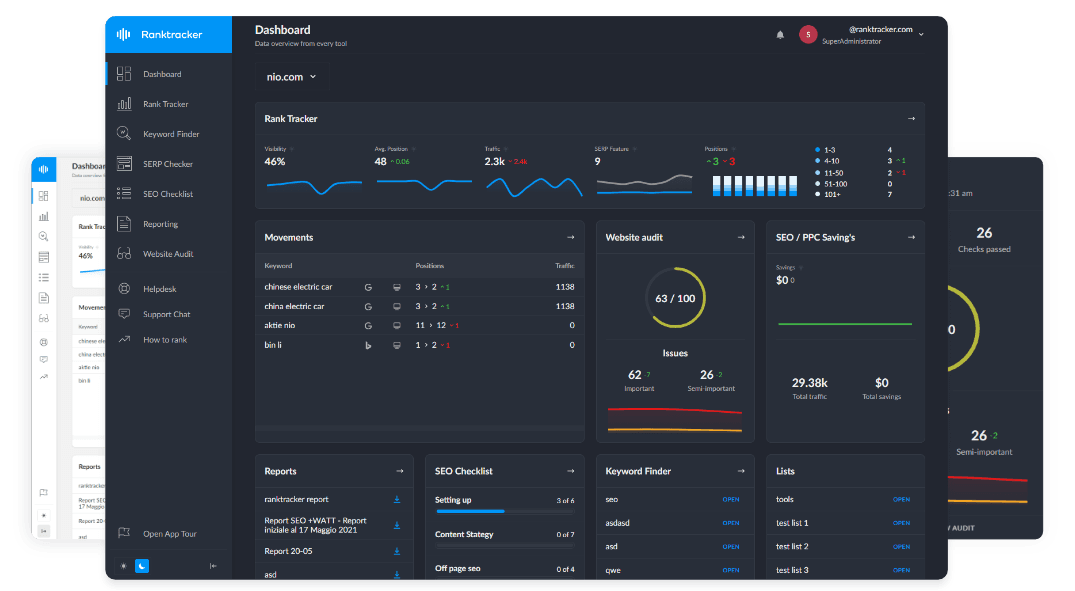Intro
Throughout time, companies have experienced setbacks that necessitated reinvention to recover and succeed. From economic slowdowns to technology revolutions, progress has always been essential. Structure—the blueprints, roadmaps, and systems an enterprise employs—has a key role in powering comeback success. Effectively designed structures give direction, consistency, and clarity by enabling organizations to ride out unpredictability and bounce back better than before. The business reinvention concept has been around for ages since businesses have always used strategic planning and solid ground to bounce back from losses. Now, the same fundamentals continue to be relevant as markets change fast and competition heats up. Recognizing how structure facilitates reinvention opens the minds to why deliberate processes and careful organizational design help businesses turn their problems into opportunities. With structure on their side, companies can fortify their resilience, speed up growth, and attain durable success in their turnaround processes.
The Importance of Structure
Structure is the backbone of any successful business reinvention, providing the stability and clarity necessary to navigate change. Without a well-defined framework, companies may struggle to implement new strategies or adapt to shifting markets. The role of structure extends beyond internal organization; it also shapes culture, communication, and decision-making processes. At https://www.legacyhealing.com/, the significance of structured support is highlighted, showing how clear systems and routines facilitate growth and recovery. Structured environments create a foundation for consistent progress, helping businesses maintain focus and align efforts toward common goals. This clarity reduces uncertainty and empowers teams to respond effectively to challenges. Embracing structure is essential for transforming setbacks into opportunities and driving sustainable success. A strong framework not only guides reinvention but also builds confidence throughout the organization, fostering resilience and long-term growth.
Statistics: Studies show that businesses with well-defined structures are 45 percent more likely to succeed in turnaround efforts.
Planning for a Successful Comeback
Planning is a critical step in any business reinvention, serving as the roadmap that guides organizations through uncertainty toward renewed success. A well-thought-out plan outlines clear objectives, identifies resources, and anticipates potential challenges. It provides structure and direction, enabling businesses to allocate efforts efficiently and measure progress accurately. Effective planning also involves flexibility, allowing companies to adapt as new information emerges or market conditions shift. This proactive approach reduces risks and builds confidence among stakeholders, fostering a culture of accountability and collaboration. A successful comeback plan integrates short-term wins with long-term goals, maintaining momentum while laying the groundwork for sustainable growth. Without strategic planning, reinvention efforts can become scattered, wasting resources and diminishing chances of success. A clear, adaptable plan ensures businesses stay focused, resilient, and poised to capitalize on new opportunities.
Historical Note: The concept of strategic business planning gained prominence in the mid-20th century as companies faced rapid industrial and economic changes. Early pioneers recognized that planning was essential for navigating uncertainty and guiding growth. These foundational ideas evolved into today’s comprehensive frameworks, emphasizing flexibility and continuous reassessment to respond effectively to dynamic markets.
Building Strong Foundations
Strong foundations are essential for a business to successfully reinvent itself and sustain long-term growth. These foundations include clear structures, solid leadership, and effective communication. By focusing on these core elements, companies create stability and resilience that help navigate challenges and seize new opportunities.
Key aspects of building strong foundations include:
- Establishing transparent decision-making processes
- Cultivating a leadership team aligned with the company’s vision
- Developing consistent communication channels throughout the organization
These components work together to create an environment where innovation and adaptability can thrive. A strong foundation supports employee engagement, builds trust, and ensures everyone is working toward shared goals. Investing in these basics provides the necessary support for reinvention efforts, allowing businesses to grow confidently and sustainably. Without a solid foundation, even the best ideas may struggle to take root and flourish in a competitive marketplace.
Overcoming Obstacles with Systems
Getting past obstacles is an inevitable part of any reinvention of a business, and having good systems is indispensable when dealing with obstacles. Systems create an orderly process for solving problems so problems are dealt with fast and effectively. Systems facilitate the elimination of red-tape processes, minimize errors, and facilitate communication across the team, enabling companies to easily change direction when an unexpected roadblock emerges. With well-defined processes, organizations remain consistent and good even through phases of change. Systems enable the better tracking of progress and bottlenecks and facilitate making adjustments proactively. This orderly process instills confidence in the employees and the stakeholders by referencing the fact that problems are controllable and resolvable. Rather than haphazardly responding to disappointments, organizations possessing good systems can respond considerately and rationally. Getting around obstacles becomes less intimidating when methods that work are determined by reliable processes as opposed to hunches or guesses. Effectively crafted systems enable businesses to face problems with fortitude and facilitate staying on course with reinventions and help ensure a good comeback outcome.
Real-Life Comeback Stories
Real-life comeback stories provide valuable insights into how structure fuels business reinvention. These stories often highlight key factors that contributed to successful transformations.
Common elements include:
- Clear vision and strategic planning
- Strong leadership and team collaboration
- Effective use of resources and technology
- Persistence and adaptability in the face of challenges
These examples show that reinvention is not just about ideas but about disciplined execution and structured approaches. Learning from real-world experiences inspires others to embrace structure as a foundation for their own comebacks. Each story illustrates how businesses can overcome adversity, rebuild trust, and grow stronger. By understanding these factors, companies gain motivation and practical guidance for their reinvention journeys. Real-life stories remind us that with the right structure, determination, and support, a successful comeback is achievable and sustainable.
Sustaining Growth Through Structure
Sustaining growth after a business reinvention requires ongoing commitment to structured processes and clear goals. Maintaining consistent systems helps companies stay organized and focused as they expand. Regularly reviewing and refining these structures ensures they adapt to changing needs and continue to support efficient operations. Strong leadership remains essential in guiding teams and fostering a culture of accountability and collaboration. Sustaining growth also means balancing innovation with stability, allowing businesses to evolve without losing their foundation. By prioritizing structure, companies can avoid common pitfalls like chaos or miscommunication that hinder progress. This ongoing dedication to organization builds resilience, making it easier to navigate future challenges and capitalize on new opportunities. Sustaining growth through structure empowers businesses to not only recover but thrive, securing long-term success and stability in an ever-changing market.

